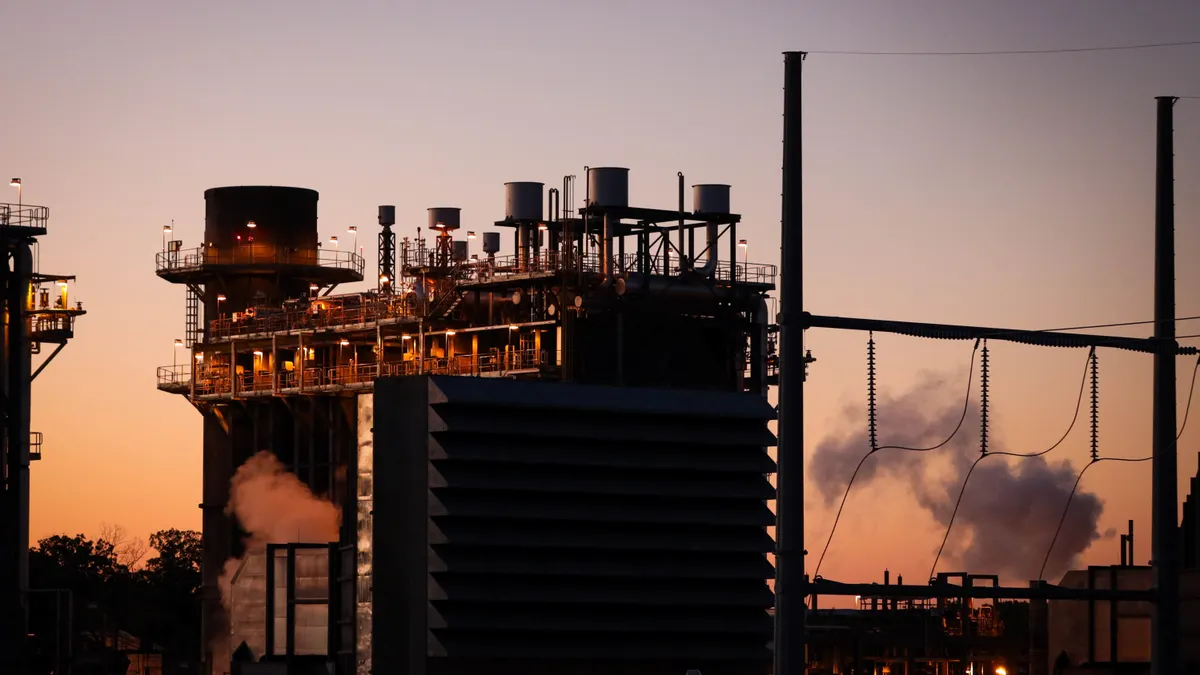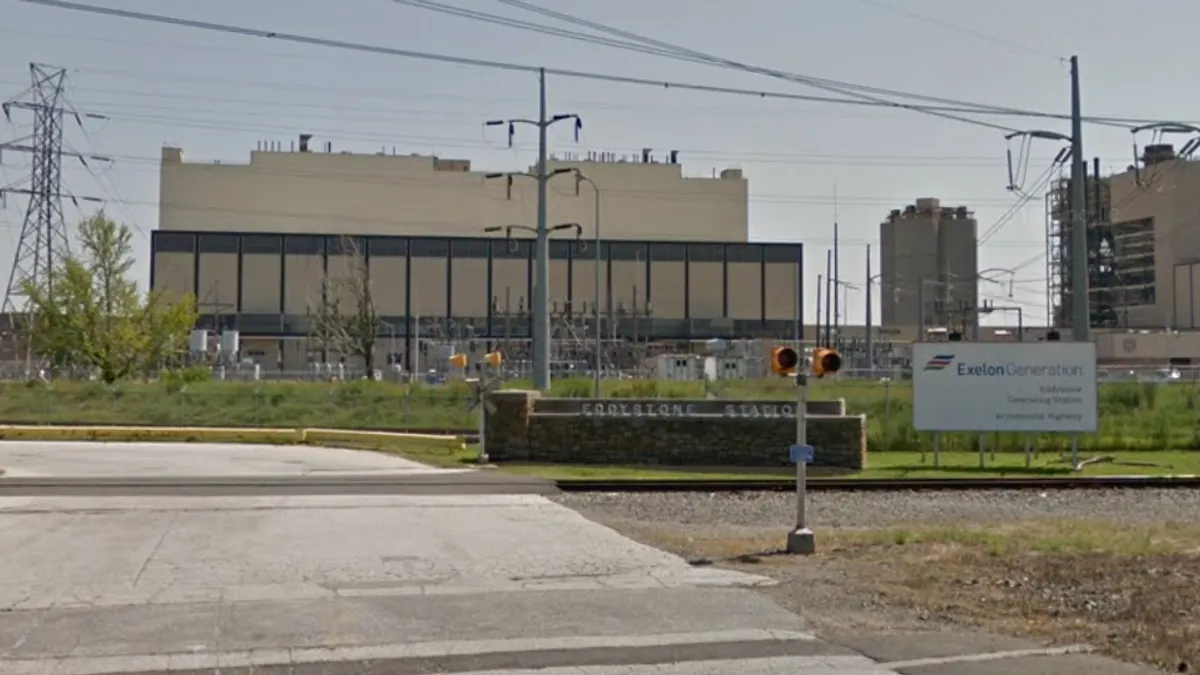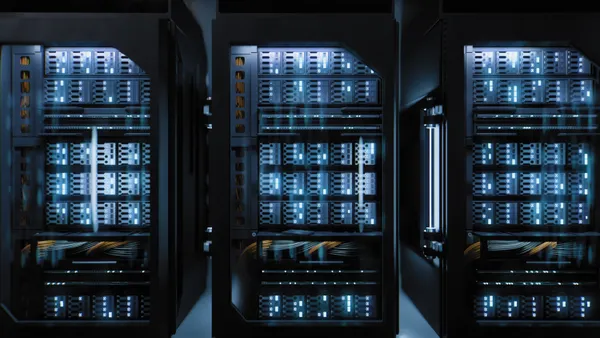The “disorganized integration” of large loads, like data centers, is the biggest growing reliability risk facing the Lone Star State’s electric grid, according to a June report discussed Thursday at the Public Utility Commission of Texas.
The grid operator for most of the state, the Electric Reliability Council of Texas, says 70.5 GW of new load could be interconnected to the system by 2028.
“While the full amount of forecasted load may not materialize, the sheer amount of new demand represents a significant challenge that will require a comprehensive and proactive response,” Texas Reliability Entity, or Texas RE, said in its assessment of the state’s bulk power system.
“We had identified the large loads issue as a risk last year, and since that time, there's been an explosion of activity,” David Penny, director of reliability services for Texas RE, said at the commission’s monthly open meeting.
In June, Republican Gov. Greg Abbott signed legislation requiring data centers and other large, non-critical power consumers in ERCOT to accept curtailment during firm load shed events. The PUCT is planning to host a workshop on July 21 to take input on implementation of the law.
“Because of the characteristics of large loads, there is an opportunity to look at how they could assist the system, particularly in times of emergency,” Commissioner Kathleen Jackson said. “The characteristics of these large loads, how they behave and how they can respond might be unique in a way that they can help.”
The load profiles of data centers serving artificial intelligence customers do not have the typical, flat load that traditional data centers have, said Penny.
“When I saw some of the load patterns for AI data centers, it reminded me of a steel mill,” Penny said. “Very fast, very large ramps ... which create issues for operators on the grid. They've got to be able to manage those sharp load swings. Voltage control and other things will come into play with how we do that.”
Reserve margin issues associated with large load growth “represent an actionable performance trend, and the disorganized integration of large loads constitutes the largest increased risk” to the ERCOT grid, the Texas RE report found.
Other risks in ERCOT include the rapid growth of inverter-based resources and their potential to trip offline during grid disturbances. Those include solar, wind and batteries.
Total energy from solar generation has increased almost 1,000% over the last five years, while energy from coal resources has declined 25%, according to the report. Wind and solar served 34.8% of total energy in the ERCOT region in 2024 and experienced a peak hourly penetration of nearly 75% percent in March.
At the end of 2024, ERCOT was projecting solar generation capacity to nearly double over the next two years, and storage capacity was forecast to almost triple over the same period.
“As we continue to integrate batteries in the system, we're seeing some very dramatic improvements in our primary frequency response metrics,” Penny said.
The increasing dependence on variable, inverter-based resources “has brought an array of efforts at the state and federal levels to ensure IBRs provide reliable and predictable performance. These efforts will be vital to support reliability in 2025 and beyond,” Texas RE said.
Correction: The date of the Public Utility Commission of Texas workshop has been updated.














